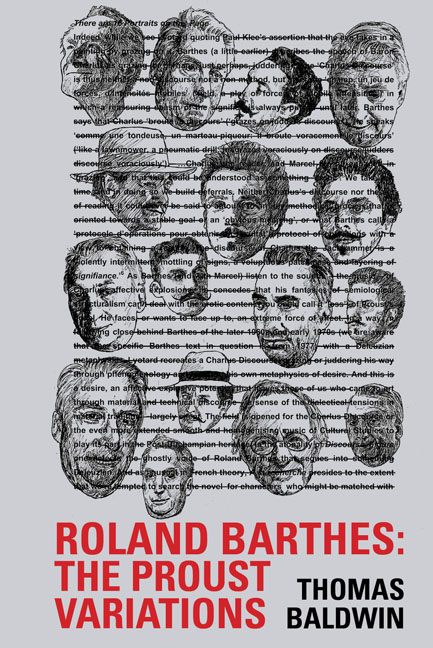Afterword: Insect Life
Summary
The title of Georges Didi-Huberman's Survivance des lucioles (2009) is a nod in the direction of two texts: first, Pier Paolo Pasolini's controversial opinion piece ‘L’articolo delle lucciole’, which appeared in Scritti corsari in 1975; and second, Denis Roche's La Disparition des lucioles (réflexions sur l’acte photographique) (1982), which contains, among other things, a gently critical letter to Barthes on the relationship between La Chambre claire and the disappearance (or extinction) of fireflies.
For Didi-Huberman, Pasolini's essay is a lamentation on ‘the moment when the fireflies disappeared in Italy – when these gentle, humane signals of innocence were annihilated by the night (or by the “ferocious”, projected light) of a triumphant fascism’. With considerable justification, Pasolini views the disappearance of the fireflies’ modest, intermittent glow from the Italian countryside as a direct consequence of an ecological crisis produced by the advance of industrialization. Its loss also serves as a metaphor in his work for the decline in Italy during the 1970s of resistance to a resurgent fascism's ‘blinding clarity’ (‘aveuglante clarté’). In his letter to Barthes, Roche recycles Pasolini's metaphor as he reproaches his addressee for having omitted from La Chambre claire ‘all that photography is able to bring to bear on questions of “style”, “freedom” and “intermittence”’. According to Roche, in focusing predominantly upon ‘the frontal mourning of the “that-hasbeen”’ (‘l’endeuillement frontal du “ça-a-été”’) and upon what he describes as a near-tautological relationship between the photographic image and its referent, Barthes fails to take the intermittent illumination (‘eclairage intermittent’) of the photographer-firefly, of the ‘Operator’, into account. For Roche, as Didi-Huberman notes, photographers are ‘little flickers of light […] accompanied by a motor that transforms an attentive gaze into a luminous chant’, and Barthes's fascination with the unrelenting referential light of a photographic what-has-been puts an end to any awareness or appreciation of the flickering rhythm, the ‘lumière-extinction’, of the photographer's style. Thus, in the culture of Pasolini's Italy and in Barthes's conception of the photographic image as described by Roche, what we might term luciolity has been extinguished by a certain kind of lucidity (and in the case of Pasolini’s Italy, by a particularly ferocious and frightening form thereof): the small and fragile light of the firefly (Pasolini's lucciola) has been overcome by luce, ‘la grande lumière’.
- Type
- Chapter
- Information
- Roland Barthes: The Proust Variations , pp. 165 - 174Publisher: Liverpool University PressPrint publication year: 2019



